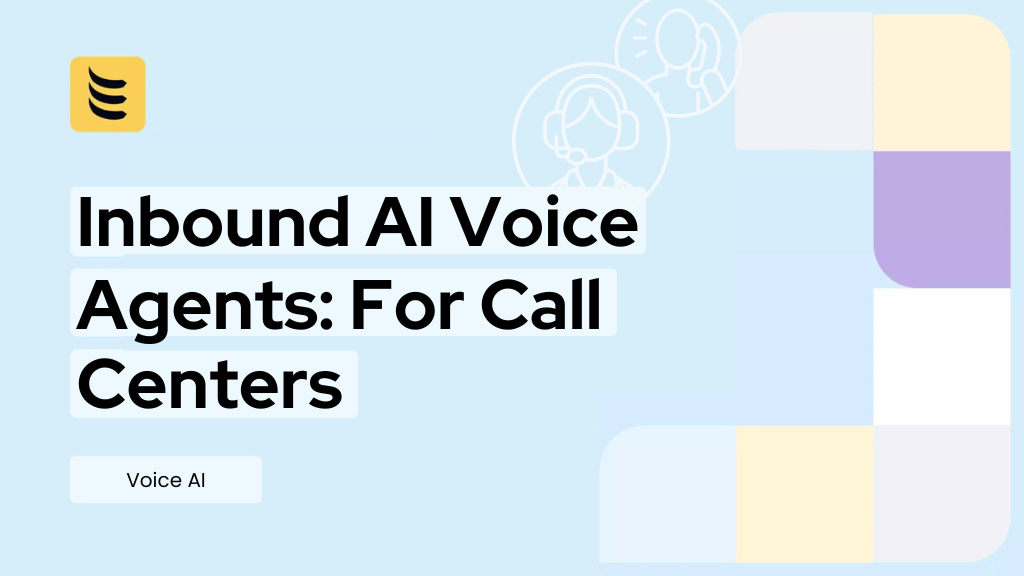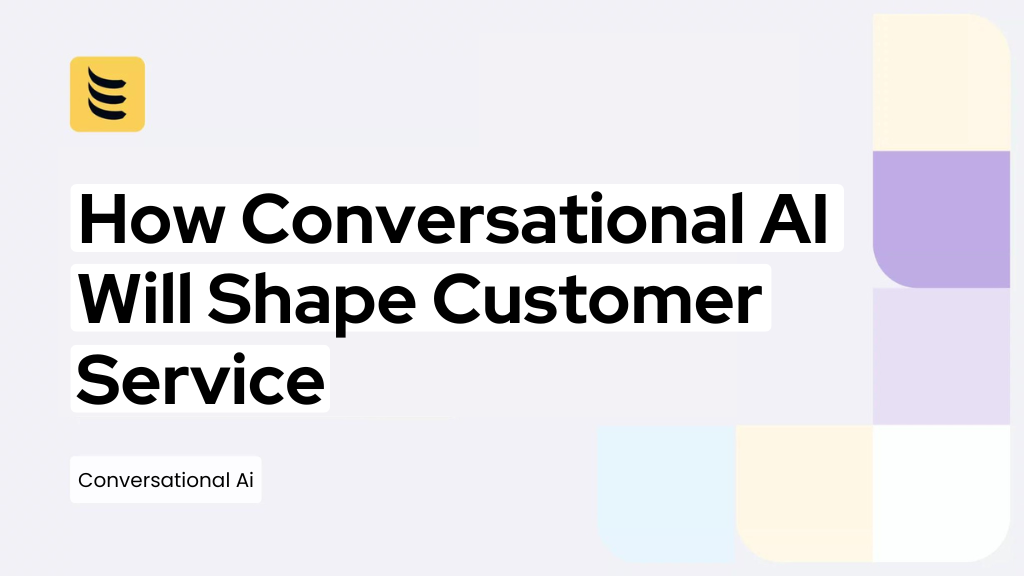Introduction
Every company dreaming of taking their Voice AI platform global eventually runs into the same roadblock: call quality. It is easy to focus on the AI models, the conversational design, or the automation flows, but none of it matters if your voice traffic cannot reliably reach customers with clear audio and low latency. Most teams only discover this after they start scaling and suddenly see dropped calls, robotic-sounding voices, or ASR mistakes hurting performance in key markets.
The truth is that Voice AI depends on strong, stable voice termination. When calls travel across different carriers, regions, and infrastructure layers, even small issues can break the customer experience or cause the AI to respond incorrectly. Yet many companies continue to treat termination like a simple commodity, assuming any VoIP route will do.
In this blog, we will unpack the most common mistakes companies make when expanding Voice AI internationally and explain what it actually takes to deliver high quality, real time conversations at scale. This will give you a clearer picture of where most providers go wrong and how you can avoid the same pitfalls when building your global Voice AI footprint.
Understanding Voice Termination in the AI Era
Voice termination might sound like a background technical detail, but for Voice AI platforms, it is one of the most important parts of the entire system. Termination simply refers to how a call travels from your platform to the person you are trying to reach, but the path that call takes can vary widely in quality. In traditional voice setups, small issues like a little jitter or delay might go unnoticed. In AI-driven conversations, those same issues can completely break the experience.
AI agents rely on accurate, real time audio input to understand what the caller is saying. If the route adds too much latency, the AI responds late. If there is packet loss, the transcript becomes inaccurate and the AI misunderstands the intent. If the audio quality is inconsistent, the voice model may sound choppy, robotic, or unnatural. These problems are not caused by the AI itself. They often come from the underlying voice path the call is using.
This is why global termination matters so much in the AI era. Your AI platform may run in the cloud, but the call still has to travel across networks, carriers, and regional infrastructure before it reaches a customer. Each step introduces variables that affect audio clarity and response timing. To scale smoothly, companies need termination routes that are stable, low latency, and designed for high quality VoIP and UCaaS traffic. Anything less can slow down your AI, reduce accuracy, or hurt customer experience.
Understanding this difference is the first step. Treating voice termination as a strategic part of your Voice AI architecture is what separates companies that scale successfully from those that struggle as soon as their call volumes expand across borders.
The Most Common Mistakes Companies Make
As more companies rush to launch Voice AI globally, many overlook the technical realities that come with handling real time voice traffic in different regions. On paper, it looks straightforward. You connect your AI platform to a carrier, place calls, and expect the system to perform the same way everywhere. In practice, that rarely happens. Most failures come from treating AI voice traffic like standard VoIP, even though the demands are completely different.
Mistake 1: Treating AI Voice Like Regular Voice Traffic
AI calls are far more sensitive to quality issues. A slight delay, a minor dip in audio clarity, or a brief jitter spike can cause the AI to misunderstand a sentence or respond awkwardly. These issues often come from routes that are not optimized for low latency or consistent audio flow. When companies use generic routes, the AI is forced to handle distorted or incomplete audio, which leads to poor accuracy and a subpar experience.
Mistake 2: Choosing the Cheapest Routes
It might seem cost-efficient, but low-cost routes often rely on multiple carrier hops or congested paths. While a human might tolerate a small echo or delay, an AI struggles to process degraded audio. Cheap termination may save money upfront, but it quickly becomes expensive when ASR errors increase, call durations rise, or customer satisfaction drops.
Mistake 3: Assuming Global Coverage Means Global Quality
Many providers advertise worldwide reach, but that does not guarantee stable performance in every region. Some markets require local knowledge, strong carrier relationships, and regulatory awareness to maintain consistent call quality. Without this, companies face high call failures, audio distortion, or unpredictable performance from country to country.
Mistake 4: Not Preparing for Volume Spikes
Voice AI tends to scale fast once it is deployed successfully. If your termination partner cannot handle sudden traffic growth or high concurrency, your AI will experience call drops and delays. This is especially common during campaigns, seasonal peaks, or rapid adoption phases.
Mistake 5: Overlooking Caller ID, Verification, and Spam Risk
AI outbound traffic often triggers higher spam filtering by carriers. If Caller ID, STIR/SHAKEN verification, or number reputation isn’t handled correctly, calls may never reach the end user. Poor CLI setup leads to declining answer rates, even when your AI system is working perfectly.
Each of these mistakes is avoidable, but only when companies understand that Voice AI depends on more than software and automation. The voice path behind the AI plays a major role, and getting it wrong can limit your growth long before the AI platform itself becomes a bottleneck.
Key Requirements for Scaling Voice AI Internationally
Scaling a Voice AI platform globally requires more than just deploying the software in multiple regions. The underlying voice infrastructure—the termination network—is what ensures conversations remain clear, responsive, and reliable across borders. Companies that succeed focus on a few critical areas that directly impact call quality and AI performance.
1. High-Quality Global Termination Network
Having direct connections with tier-1 carriers and trusted local providers is essential. This ensures calls take the most efficient, stable routes and minimizes the risk of congestion or dropped audio. A robust network is the backbone of consistent call quality no matter where your customers are located.
2. Low-Latency Routing Optimized for AI
AI platforms rely on fast, uninterrupted audio to understand and respond correctly. Low-latency routing, local breakout points, and the right codec selection—like Opus or G.711—help maintain audio integrity. Optimized routing ensures the AI can process speech in real time, reducing errors and improving the overall conversation flow.
3. Reliable Caller ID and Verification Tools
Maintaining proper Caller ID setup and compliance with STIR/SHAKEN verification is critical for reaching recipients. AI traffic can be misclassified as spam if these elements are ignored, leading to low answer rates even on legitimate calls. Monitoring number reputation and using proactive spam-check tools helps protect your reach and brand reputation.
4. Compliance Across Markets
Each country has its own rules around telephony, caller ID, and AI-driven calls. Adhering to these regulations avoids call blocking, penalties, or legal complications. Companies need a partner who understands local requirements and can help ensure every call is compliant.
5. Scalable SIP Infrastructure
Finally, your infrastructure must handle growth seamlessly. High concurrency, elastic capacity, and redundant points of presence across regions ensure that spikes in call volume do not compromise AI performance. A scalable SIP setup guarantees that your Voice AI remains reliable as you expand internationally.
By focusing on these requirements, companies can create a voice termination strategy that supports global scale, high-quality AI conversations, and consistent customer experiences. This is the foundation that separates successful global Voice AI deployments from those that struggle with dropped calls, poor recognition, and frustrated users.
How IDT Express Solves These Challenges
Building a global Voice AI platform is only as strong as the voice termination network behind it. This is where IDT Express has been helping companies for more than 20 years. Every year, we carry billions of minutes of voice traffic, connecting businesses to customers in every corner of the world with reliable, high-quality routes.
We work directly with hundreds of carriers, ensuring that calls take the most efficient paths with minimal latency. Our routing engine constantly monitors quality in real time and automatically adjusts to maintain clear, uninterrupted audio. This means your AI agents can hear and respond accurately, even during high traffic periods or across challenging networks.
Many leading AI voice platforms recommend IDT Express because of our deep experience, global reach, and proven ability to deliver stable, high-quality termination. Beyond just connecting calls, we help protect your Caller ID, maintain compliance with local regulations, and reduce the risk of your numbers being flagged as spam. With IDT Express handling the voice infrastructure, your team can focus on building better AI conversations instead of troubleshooting call quality issues.
Checklist: How to Pick the Right Global Termination Partner for Voice AI
Choosing the right partner for global voice termination can make or break your Voice AI deployment. There are several factors to consider to ensure your AI platform delivers clear, reliable conversations anywhere in the world.
Global coverage with direct routes
Look for a partner that has direct connections with carriers across the regions you plan to serve. Direct routes reduce the number of network hops, which improves call quality and reduces latency.
AI-optimized low-latency paths
Your partner should understand the demands of AI traffic and provide routing optimized for real-time conversations. Low latency and consistent audio are critical for accurate speech recognition and natural interactions.
Caller ID and spam-check solutions
A reliable partner will help manage your Caller ID setup and monitor number reputation. This ensures your AI calls are delivered and not flagged as spam, keeping answer rates high.
24/7 monitoring and support
Voice traffic does not stop, and problems can happen at any time. Choose a partner that offers continuous network monitoring and support so issues are detected and resolved quickly.
Scalability for growing volumes
As your Voice AI adoption grows, your call volumes will increase. The partner should be able to handle high concurrency and sudden spikes without compromising quality.
Transparent quality reporting
Finally, a partner that provides clear metrics on call quality, delivery rates, and network performance helps you make informed decisions and continuously optimize your Voice AI experience.
Following this checklist ensures that your Voice AI platform has a strong foundation, delivering reliable, high-quality conversations no matter where your customers are located.
Conclusion
Scaling Voice AI globally is about more than just deploying sophisticated software. The quality of your voice termination network directly affects how your AI platform performs, how customers perceive your service, and how effectively your team can engage at scale. Companies that overlook the technical realities of call routing, latency, and regional compliance often struggle with poor audio, misinterpreted speech, and low answer rates.
By focusing on high-quality global routes, AI-optimized low-latency paths, reliable Caller ID, compliance, and scalable infrastructure, businesses can avoid these common pitfalls.
Partnering with an experienced termination provider ensures that your Voice AI operates smoothly, delivers accurate conversations, and grows alongside your global ambitions.
Strong voice infrastructure is the foundation your AI needs to succeed internationally. When this foundation is in place, your AI can focus on what it does best—creating natural, efficient, and engaging interactions with your customers.



